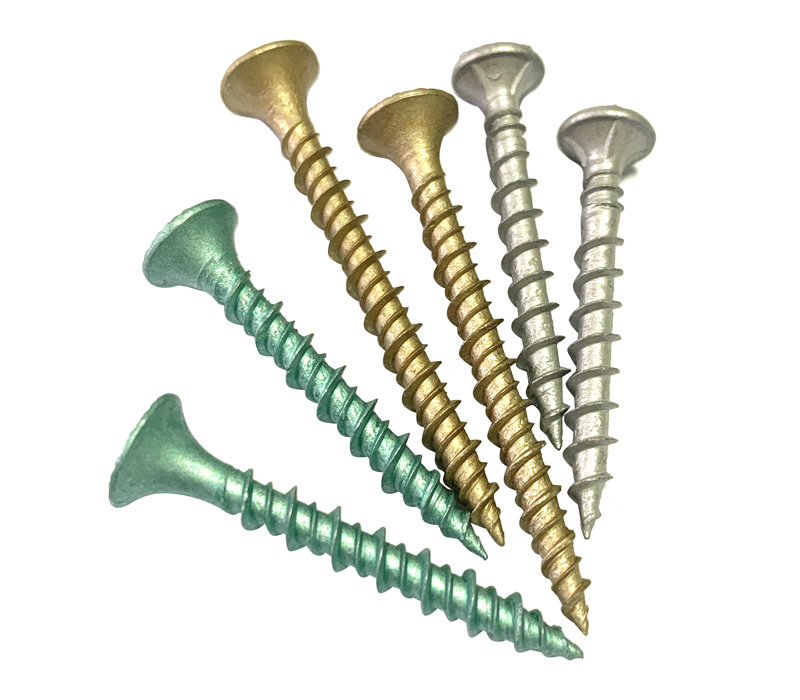In precision machinery and instruments, the connecting […]

In precision machinery and instruments, the connecting threads mainly use coarse and fine ordinary threads, and sometimes special fine threads.
The difference between coarse thread and fine thread is that when the nominal diameter is the same, the anti-theft screw has a smaller pitch and thread depth. This feature makes the fine thread suitable for thin-walled parts (such as the lens barrel in optical instruments, etc.) and thin-plate parts. At the same time, because the helix angle of the fine thread is small, it has a strong relaxation ability.
In addition, sometimes a variety of special-purpose connecting threads are used, mainly as follows.
1) Eyepiece thread
It is a special purpose trapezoidal thread with a profile angle of 60. , Dedicated to the connection between the eyepiece and the frame. In order to rotate uniformly, briskly, and obtain greater axial movement when the rotation angle is not large (generally less than 360.), the eyepiece thread is often made into a multi-threaded thread.
2) Microscope objective lens thread
It is a special international standard thread with a tooth profile angle of 55. , Dedicated to the connection of the objective lens assembly and the lens tube on the microscope. In order to facilitate the replacement of objective lenses with different magnifications, the standards of various countries are the same.
3) Cylindrical pipe thread
It is mostly used for the connection of water and gas pipelines, as well as lubrication and electrical pipeline systems. The thread profile angle is 55. The nominal diameter of a cylindrical pipe thread is not equal to the major diameter of the thread, but is approximately equal to the hole diameter of the pipe.